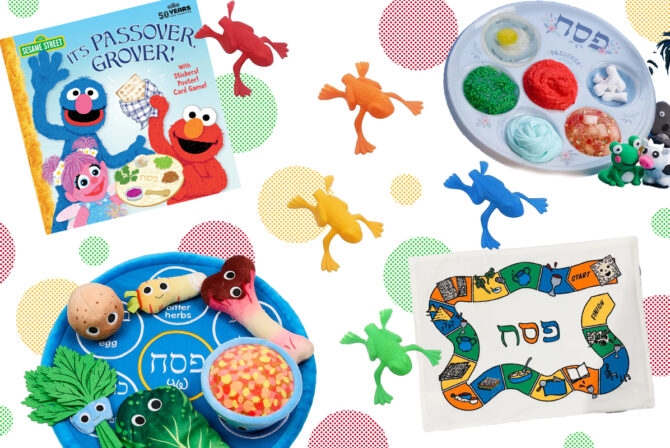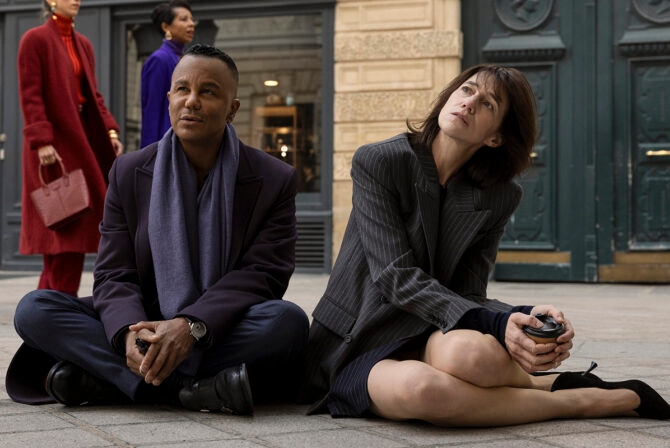This post is part of our Torah commentary series. This Shabbat we read P
arashat Tzav. To read a summary of the portion and learn more, click here.
Well, it’s official–baby #2 is on the way! (And in case you were wondering, yes, I am going to tie this into the Torah portion somehow).
I thought I might be less excited the second time around, but I’ve found the opposite, at least once I got past the exhausting combination of toddler-chasing and morning sickness. For the past couple months, I’ve been feeling even more awe and mystery about what’s happening inside me this time.
Why would this be? Isn’t the second time we do anything usually less dramatic, rather than more? Well, two things are different this time. First of all, I have at least some vague idea of what might be in store. I’m less anxious. And there’s nothing like anxiety to prevent a person from feeling awe.
And second, my Sylvie herself. Not so long ago she, too, was just flutters and bumps in my belly, and now she’s a real live toddler with almost-red hair, who loves shoes and says “I draw mama’s eyes now!” Having seen that process, I understand that I am carrying a human life in a way I couldn’t before. There’s a little person in my belly. Something miraculous is happening in there. For real.
*
There’s a beautiful Talmud story about what happens in the womb. The rabbis imagine the fetus curled up with its fists against its ears, but it’s not sleeping–it’s studying Torah. There’s a candle there to illuminate the darkness, and an angel, too, with a specific job: to teach the entire Torah to this unborn baby.
Then, just before birth, the angel puts a finger against the baby’s lips as if to shush her, and all that Torah disappears. That’s how we get that little indentation between our nose and lips. We forget the Torah, and then we enter the world. And one day, when we’re ready, we come back to re-learn this Torah we once knew by heart.
*
This week’s portion, Tzav, is basically a detailed instruction manual about how to do Temple sacrifice. There are all sorts of combinations of animals, flour, oil, and spices–different offerings for sins, for thanksgiving, and for everyday communication with the Divine. This might sound dry, but it’s actually pretty messy and hands-on: fire and blood and organs and bones.
Since the Temple in Jerusalem was destroyed 2,000 years ago, Jews no longer offer these sacrifices. In order keep their traditions alive, when sacrifices stopped, the ancient Rabbis translated the animal offerings into word-offerings: different ones for atonement, thanksgiving, and for everyday communication with the Divine. So now we gather in synagogues, where we say the prayers they wrote to replace those sacrifices.
In this age, the details of meal-offerings and animal organs sound foreign and sometimes violent, but one line from the portion still makes sense: “A perpetual fire shall be kept burning on the altar, it should never go out.” If you walk into a synagogue, any synagogue, you will see a light burning in front of the ark that holds the Torahs. This is the
ner tamid
, the eternal light, never allowed to go out, just like this portion commands. (Though these days it’s usually electric.)
Our lives are vastly different from the lives of those ancient people who brought their animals to the Temple to offer sacrifices. And yet we, too, walk into a temple and see a light that never goes out.
*
In modern life, we use a small electric light instead of a roaring fire, and prayers instead of sacrifices. We are often able to avoid thinking about that messy line between life and death. But it’s right out in the open in these Torah portions about sacrifices. And that’s what we see when we bring a baby into the world, too.
Perhaps that’s why, as a mother and as a pregnant woman, I feel oddly connected to the sacrifices this year. These ancient rituals feel related to what’s happening in my body, and in the bodies of women everywhere, across time.
We are the temple. We carry the fire, the blood, and the bones. We carry life itself, and maybe even the whole Torah, whispered from an angel to a tiny human: mysterious teachings in the place where the earth and the heavens meet.
Like this post? Get the best of Kveller delivered straight to your inbox.
To read the previous posts in our Torah MOMentary series, click here.








